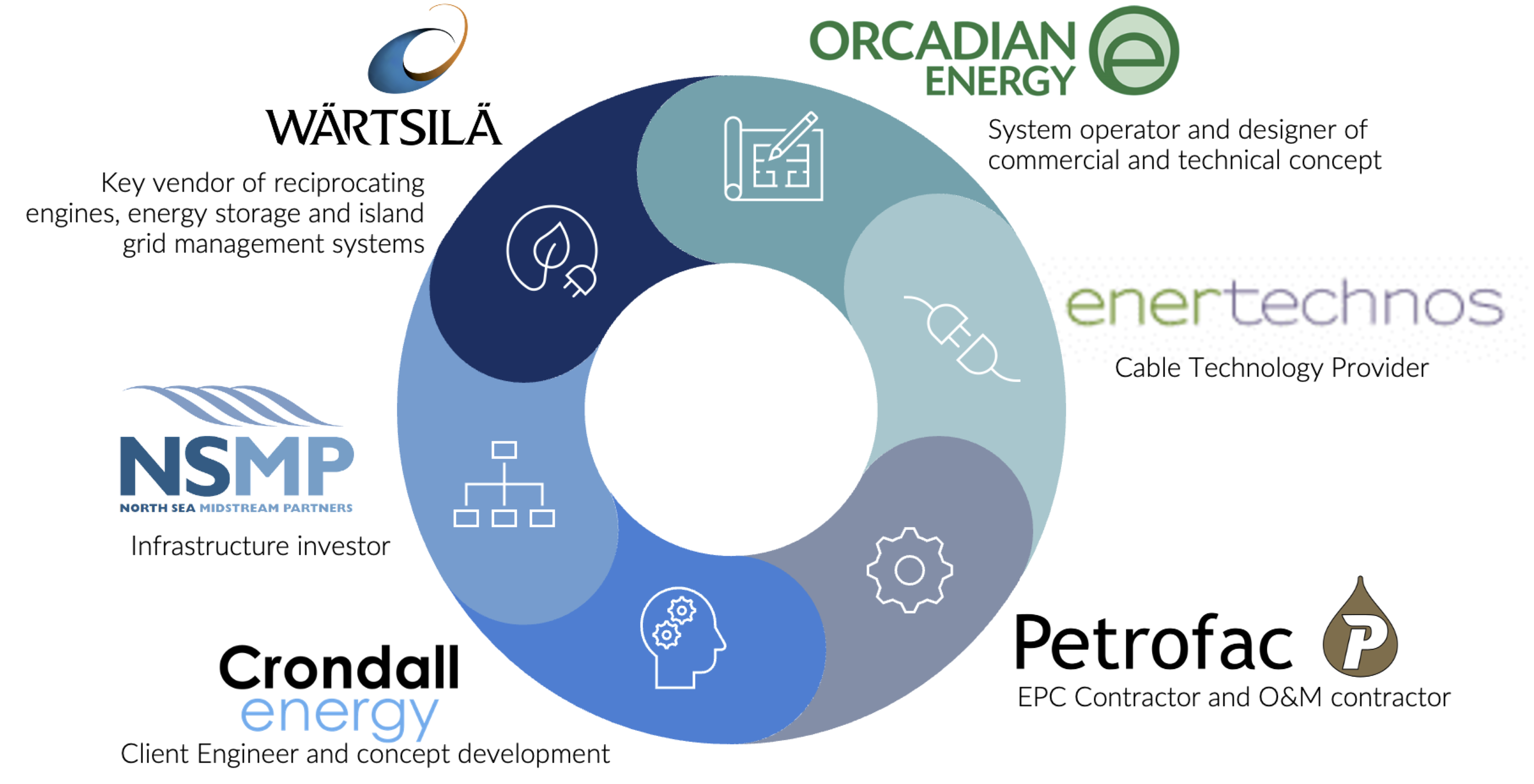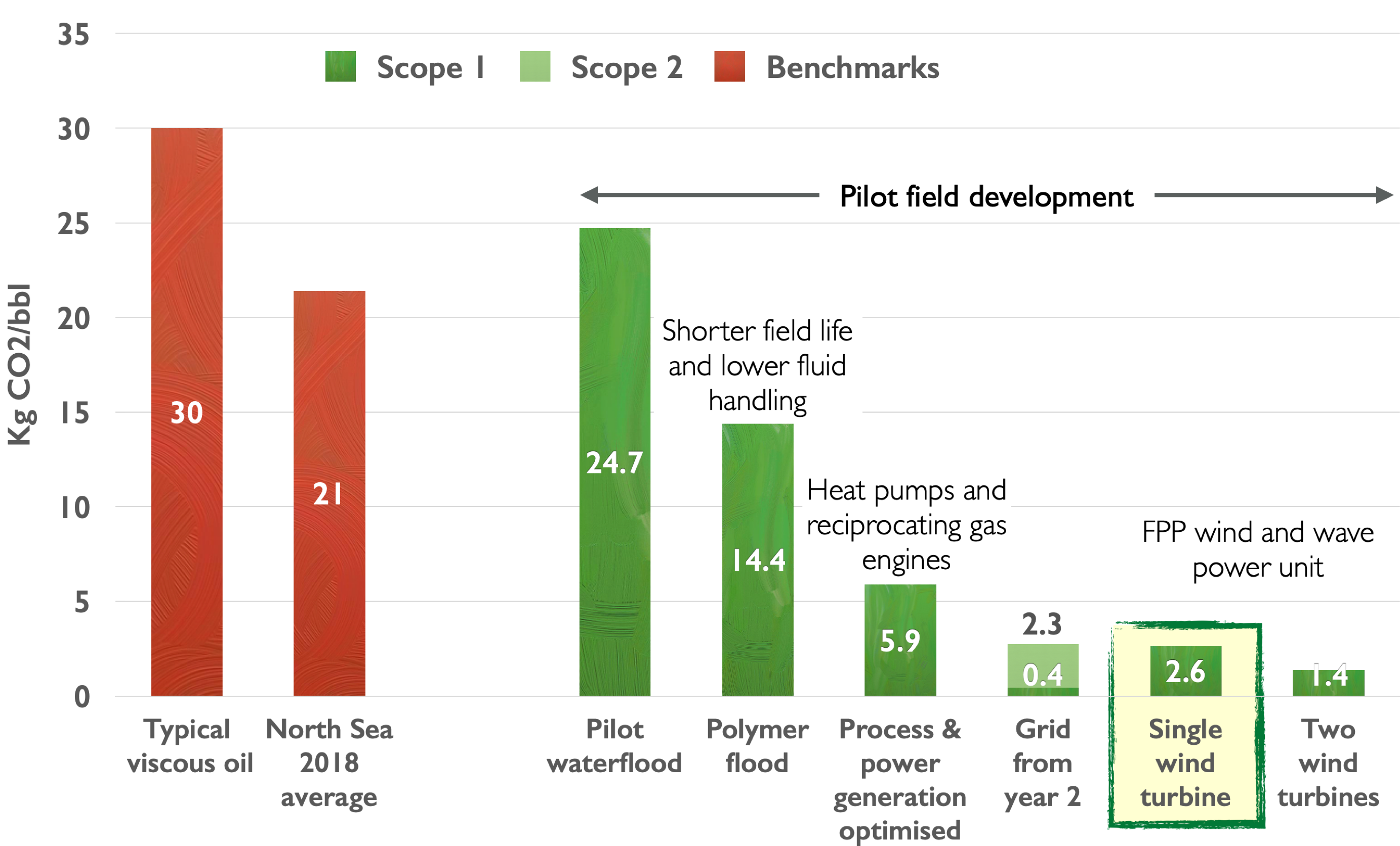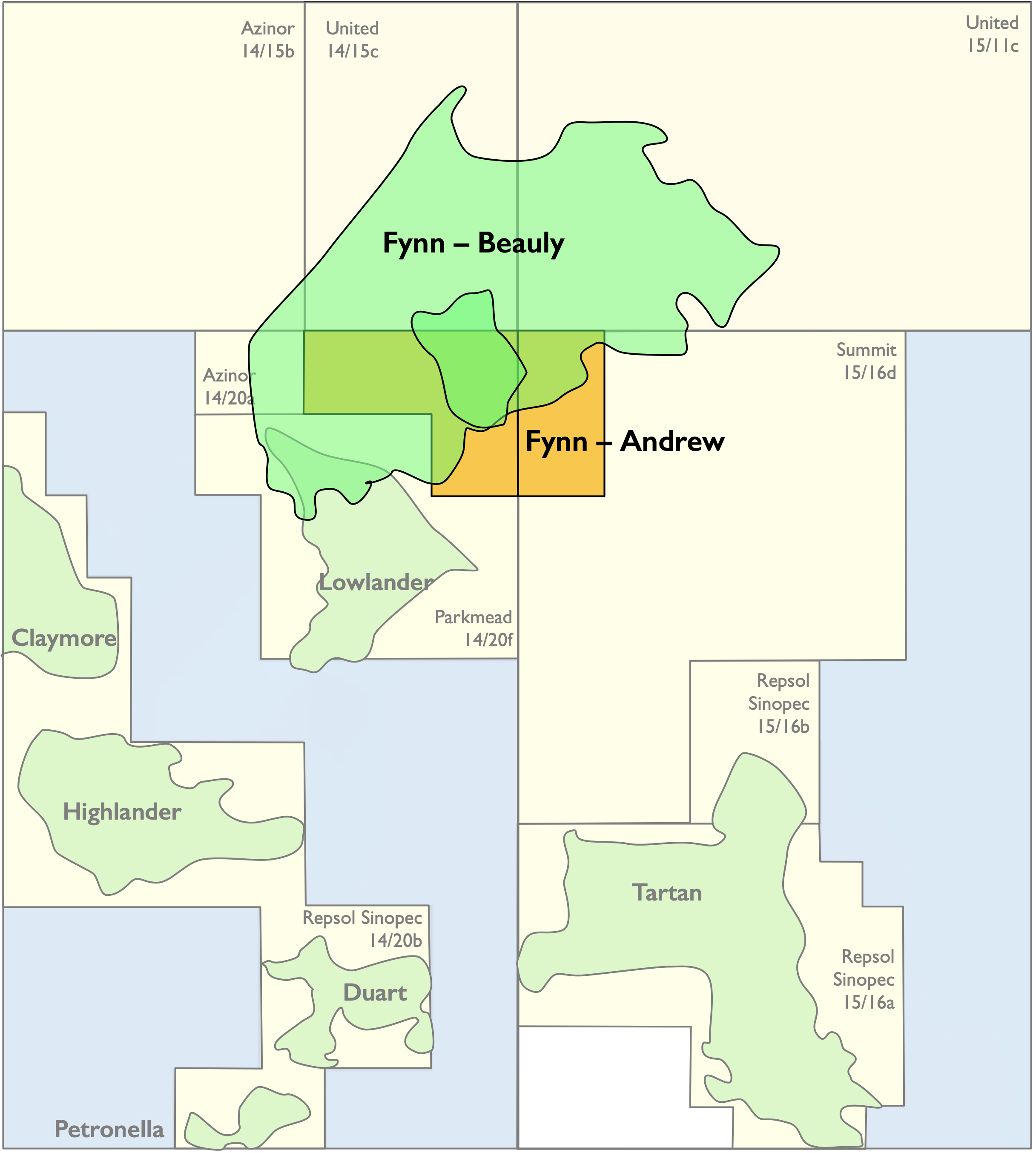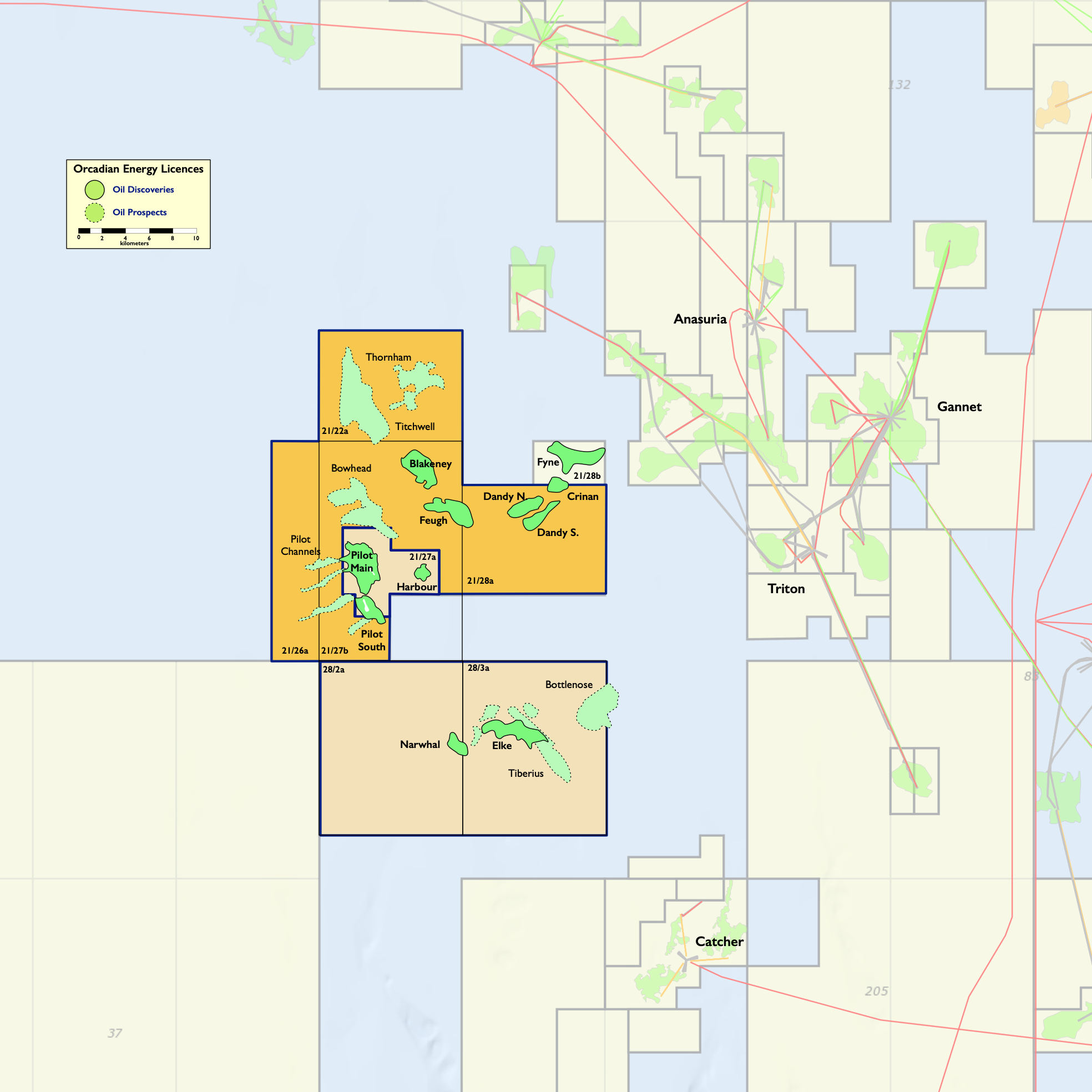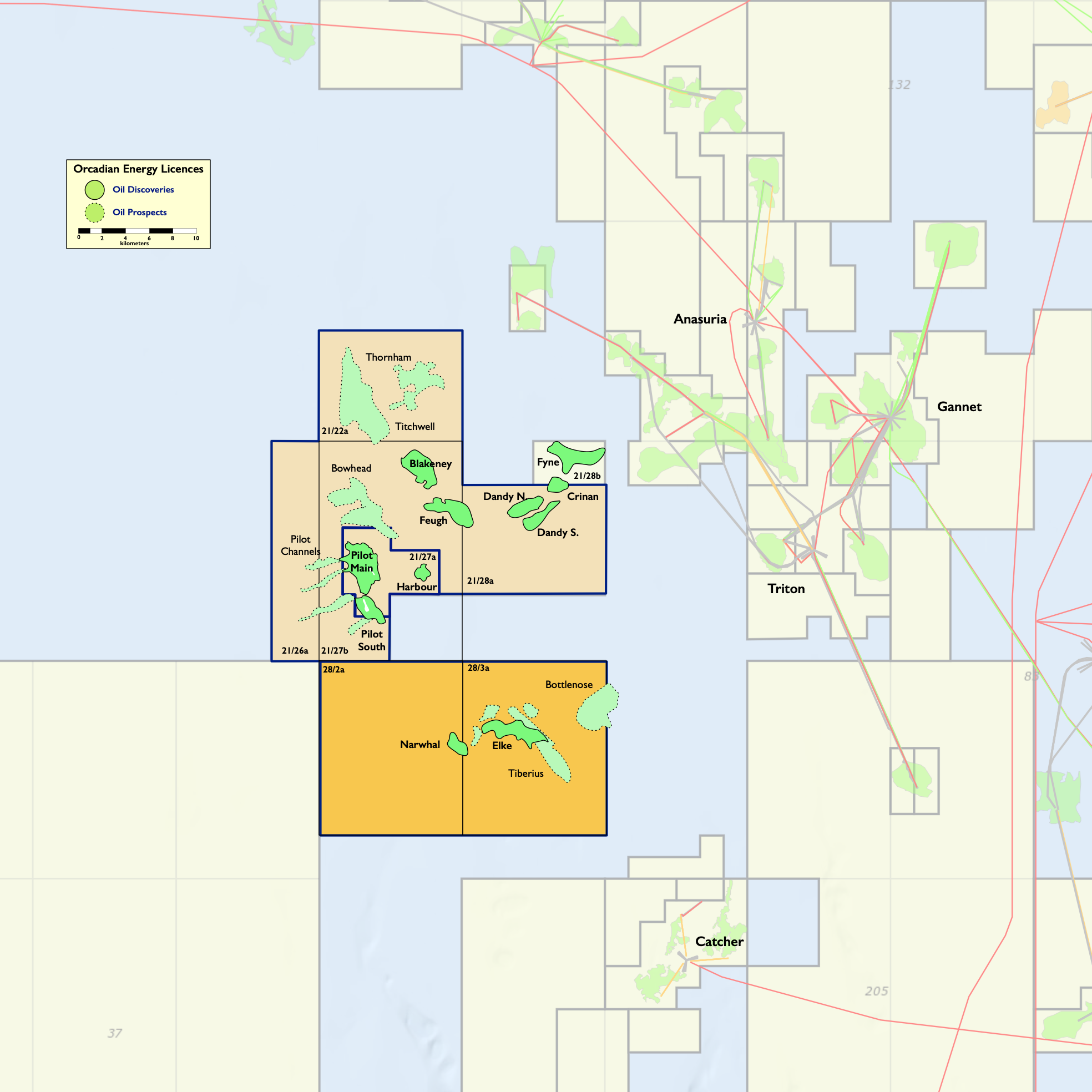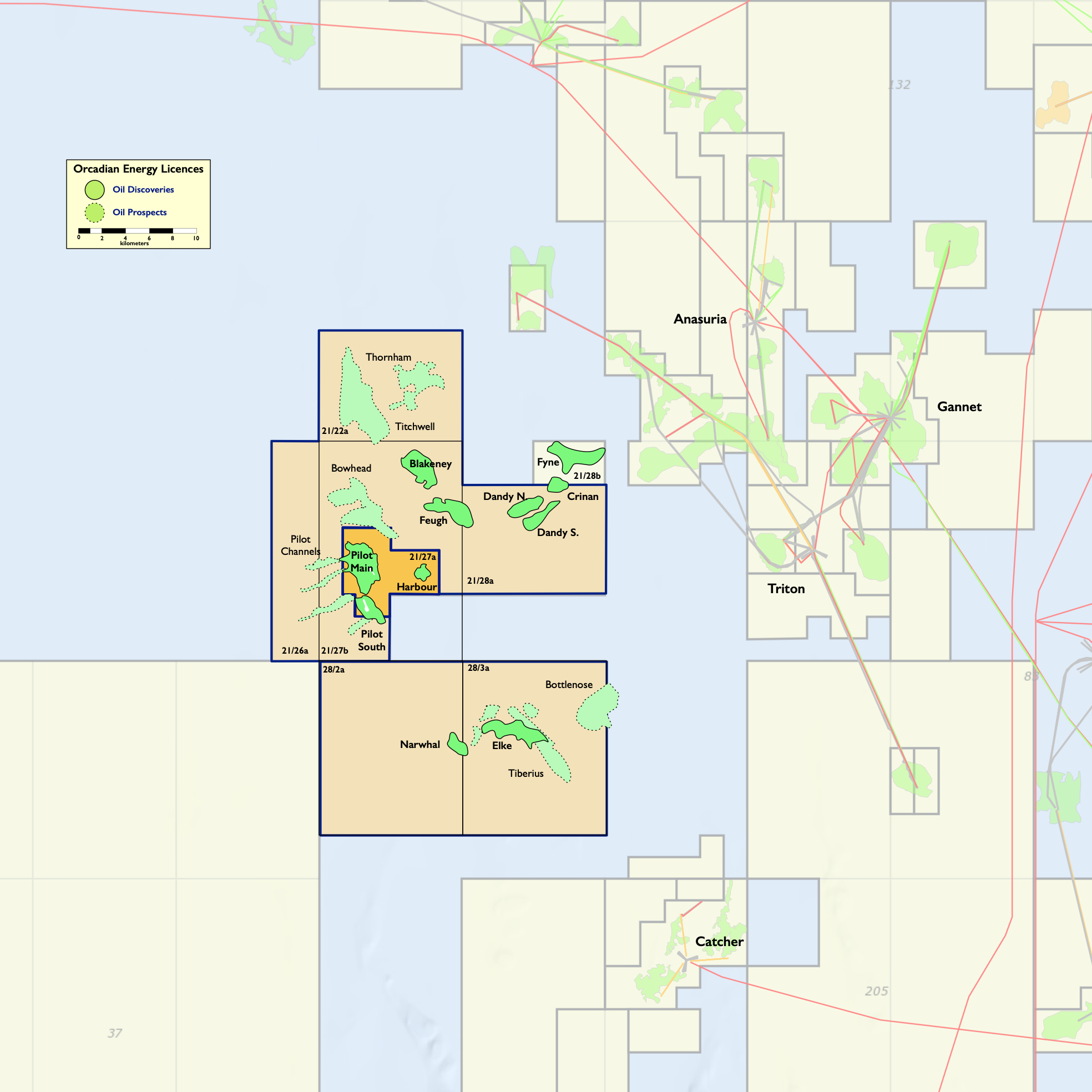Orcadian is fully committed to supporting the NSTA in its work to enable the achievement of the UK government’s commitment to reach net zero emissions by 2050.
The NSTA has set a goal to drive the industry to net zero carbon dioxide emissions across the UKCS as quickly as possible. Nevertheless, Government forecasts show that oil and gas will remain an important part of our energy mix for the foreseeable future, including in a net zero emissions scenario. It is important to remember that no-one is aiming for absolute zero. Our primary role in this transition process, of which we are but a small part, is to maximise value from the licences granted to us by the Government (the MER central obligation) and to do that as cleanly and efficiently as possible to meet the continuing demand for oil and gas.
We were selected by the NSTA to deliver an evaluation of an alternative concept for electrification of North Sea platforms and we worked with a consortium of companies to deliver on that objective. Both the full report and a summary of the report can be accessed below.
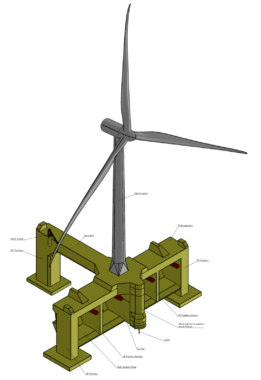
Polymer flooding dramatically reduces carbon dioxide emissions for a viscous oil development. Analysis of Environmental Statements shows that emissions for a viscous oil waterflood can be over 30 kgCO2/bbl, which is consistent with our own analysis of a waterflood scheme for Pilot. On the same basis, polymer flooding results in emissions of just 14 kgCO2/bbl; beyond that gain, we have identified opportunities to reduce these emissions to about 6 kgCO2/bbl by applying innovative process engineering techniques and utilising highly efficient power generators. These emissions will be halved again, to less than 3 kgCO2/bbl as we plan to utilise power from a local floating wind turbine with additional wave powered generation.
Our priority is to reduce actual emissions associated with the development of our reserves and resources. We think it important to look for solutions that bring an economic benefit as well as reducing the tally of emissions be they Scope 1 (direct emissions), Scope 2 (emissions from purchased power or heat) or Scope 3 (supply chain emissions).
To set the emissions performance of the Pilot development in context we compared the combined Scope 1, Scope 2 and Scope 3 (up to the refinery gate) emissions for Pilot with a data set which was prepared by a team, largely based at Stanford University (Masnadi et al, Science, 2018). The dataset comprises nearly nine thousand producing oilfields which the authors believed represented 98% of global oil production in 2015. On a comparable basis the Pilot development would emit 1.36g CO2eq/MJ. Based upon this analysis, we believe Pilot would lie at the low end of the lowest 5% of the world’s oil supply when ranked by emissions.
